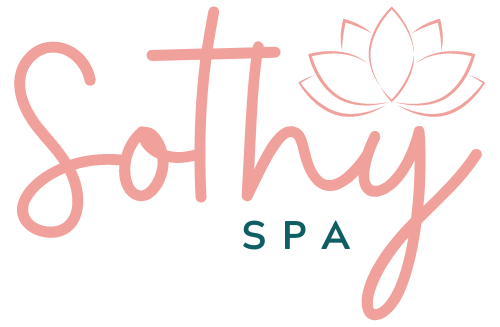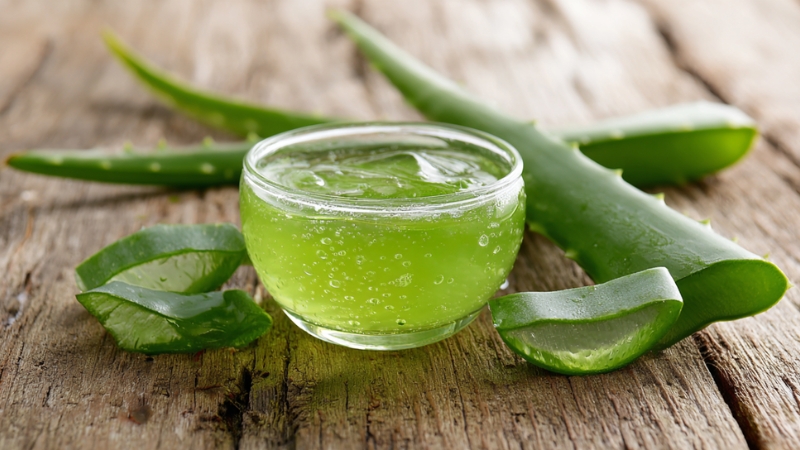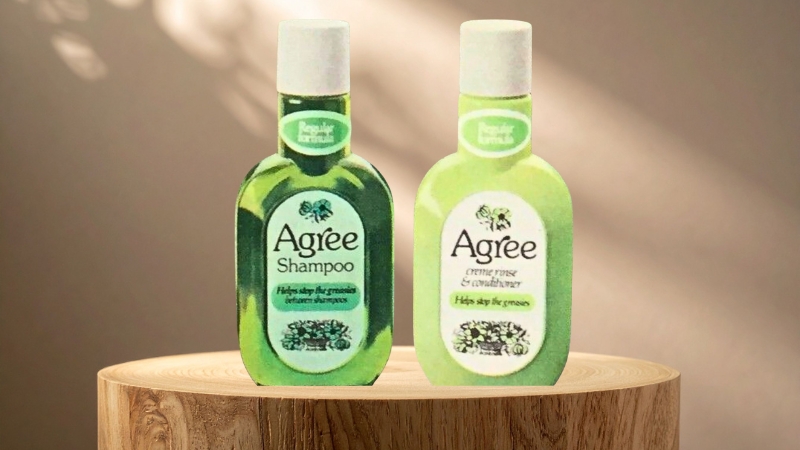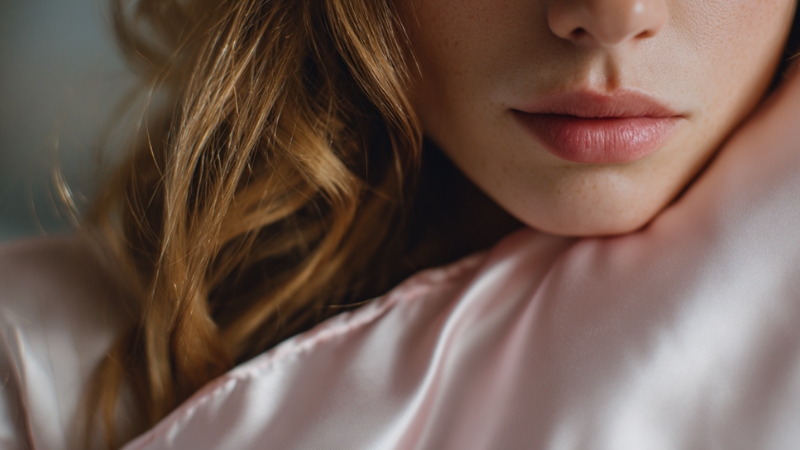
Share Post:
Milky toners have gained attention as more people search for skincare options that feel gentle yet effective. These products combine hydration with soothing properties, offering an alternative to harsh exfoliating toners.
Two names often compared are Byoma hydrating milky toner and the ordinary milky toner.
Both promise benefits, but their formulations and intended results differ. Readers with dry, oily, combination, sensitive, or acne-prone skin often wonder which option matches their specific concerns.
Let’s discuss these two.
Product Overview
| Criteria | Byoma Hydrating Milky Toner | The Ordinary Milky Toner |
|---|---|---|
| Primary Function | Hydration and barrier repair | Gentle exfoliation with added hydration |
| Skin Types Suitable For | Dry, sensitive, normal, combination | All types including oily |
| Acne-Prone Skin | May cause breakouts due to richer formulation | Minimalist ingredients reduce risk |
| Ingredients | 29, focused on barrier repair and hydrators | Fewer, active-driven approach |
| Texture | Thicker, creamy essence | Lightweight, smooth liquid |
| Irritation Risk | Very low unless allergic | Possible if overused |
| Daily Use | Safe for daily application | Requires caution due to exfoliation element |
Before choosing a toner, it helps to look closely at what each brand offers.
Both Byoma and The Ordinary have designed their milky toners with distinct purposes in mind, using different textures, ingredient philosophies, and benefits.
Byoma focuses on strengthening and hydrating the skin barrier, while The Ordinary leans toward a minimalist approach that combines hydration with mild exfoliation.
Byoma Hydrating Milky Toner
Byoma’s formula emphasizes hydration and barrier support, making it a favorite for people dealing with dryness or sensitivity.
Its formulation includes ceramides that strengthen the skin’s natural shield, polyglutamic acid for moisture retention, and saccharide isomerate to boost long-lasting hydration.
Added Centella Asiatica, often called Cica, provides soothing effects, while sodium hyaluronate brings additional plumping hydration.
The toner has a creamy, essence-like texture that feels nourishing on the skin without heavy fragrance, silicones, or drying alcohols. Byoma markets this option as safe for daily use, particularly for those whose skin often feels tight or lacks resilience.
The Ordinary Milky Toner (Saccharomyces Ferment 30%)
The Ordinary’s take on a milky toner focuses on combining gentle exfoliation with hydration.
Saccharomyces Ferment works as a mild exfoliant while supporting skin renewal, while squalane delivers lightweight nourishment.
Additional ingredients like N-acetylglucosamine and yeast extract bring barrier support and hydration. Its texture feels smooth and fluid compared to Byoma’s creamier consistency, which many oily or combination skin users appreciate.
The formula avoids parabens, fragrance, and drying alcohols, aligning with The Ordinary’s minimalist approach. By balancing hydration with mild exfoliation, this toner appeals to those wanting a straightforward, multitasking step in their routine.
Which One Is Best for Your Skin Type?
Choosing the right toner depends not only on ingredients but also on how your skin behaves day to day.
Each skin type responds differently to hydration, exfoliation, and soothing agents. Byoma and The Ordinary may share a “milky” formula concept, yet their focus diverges, making one more suitable in certain cases. Below is a detailed breakdown for common skin categories.
1. Dry or Dehydrated Skin
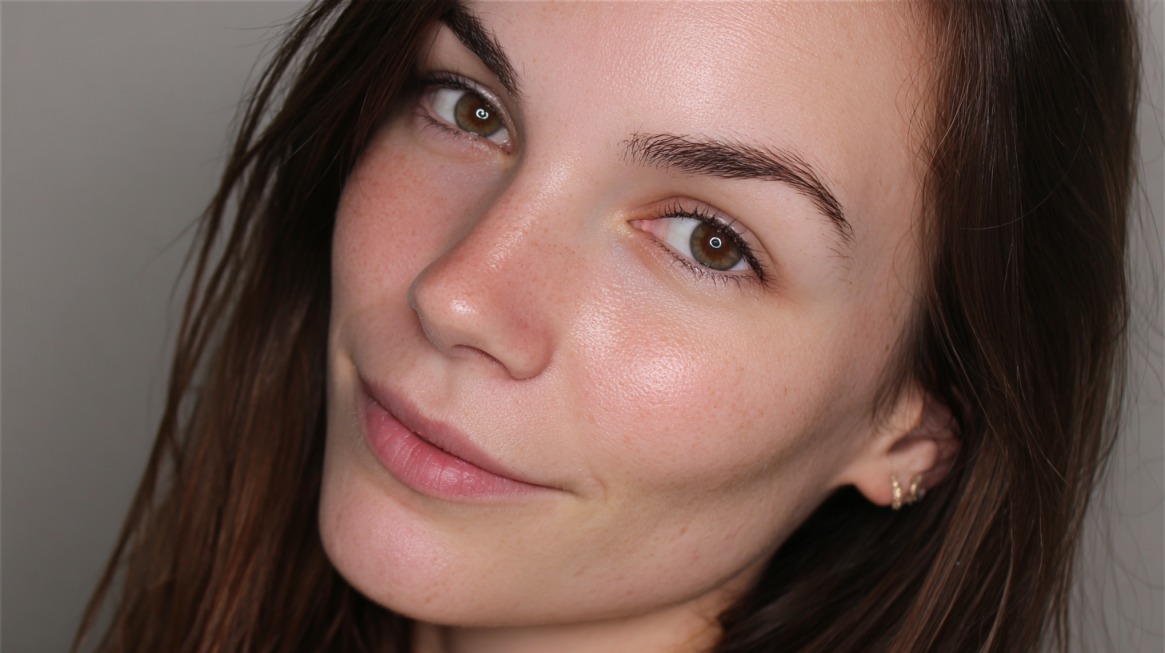
Skin that feels tight, rough, or flaky benefits most from replenishing hydration and barrier support. Byoma’s Hydrating Milky Toner was created with this in mind.
Ceramides rebuild the skin’s protective barrier, polyglutamic acid locks in moisture, and Centella Asiatica calms irritation.
A thicker creamy texture ensures lasting comfort, especially for those whose skin struggles during colder months or after harsh cleansers.
The Ordinary does add hydration but introduces exfoliation through saccharomyces ferment. While this can smooth texture, very dry skin often reacts poorly to frequent exfoliation, leading to irritation or further moisture loss.
Occasional use may help maintain softness, yet daily reliance could cause discomfort for compromised skin.
- Strong barrier-repair ingredients
- Long-lasting hydration
- Soothing properties for tightness and redness
Why The Ordinary may be less ideal:
- Exfoliation may worsen dryness
- Not always compatible with damaged skin barriers
Key point: Byoma offers barrier support plus hydration, while The Ordinary requires cautious use on very dry skin.
2. Oily or Combination Skin
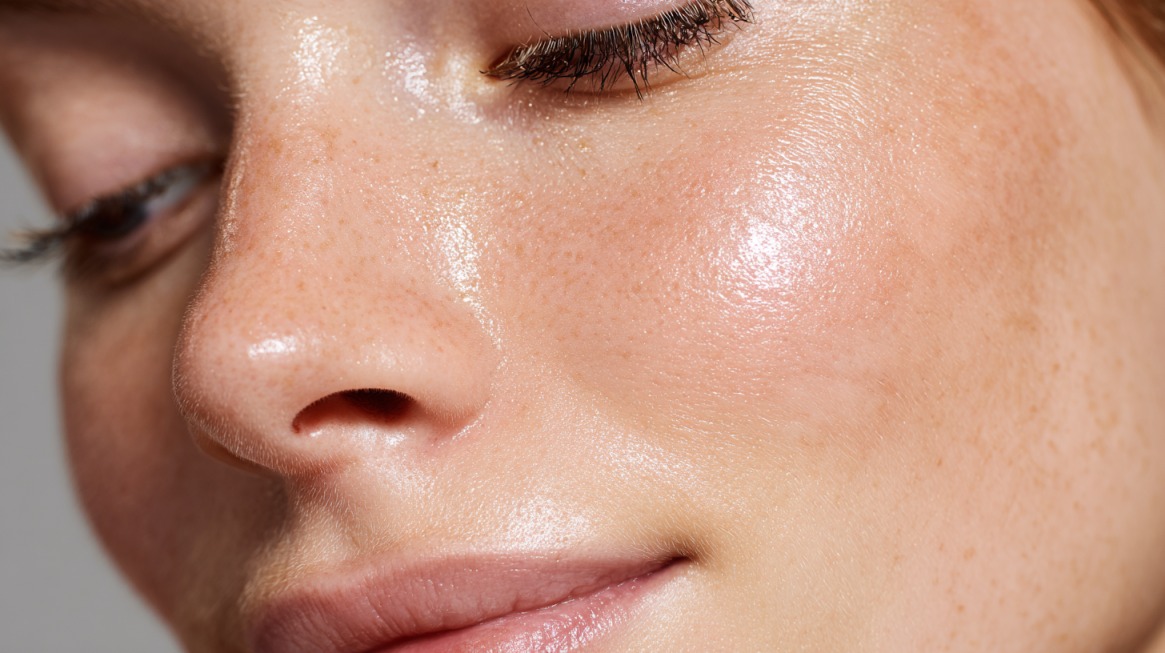
Oily or combination skin often needs balance: hydration without heaviness and mild exfoliation to prevent clogged pores. The Ordinary Milky Toner’s lightweight texture and yeast ferment address both needs. By gently resurfacing the skin, it helps regulate oil buildup while keeping skin smooth and refreshed.
Byoma’s thicker formula may overwhelm oily skin, leaving behind a sensation that feels greasy. Combination skin users might enjoy Byoma during colder seasons when drier patches appear, but must monitor for congestion, especially around the T-zone.
- Lightweight consistency that doesn’t clog pores
- Exfoliation helps reduce shine and uneven texture
Hydration without heaviness
Why Byoma can feel too rich:
- Creamy texture may increase oiliness
- Potential for clogged pores in warmer climates
Key point: The Ordinary fits oily and combination skin, while Byoma may work selectively depending on climate and tolerance.
3. Sensitive Skin
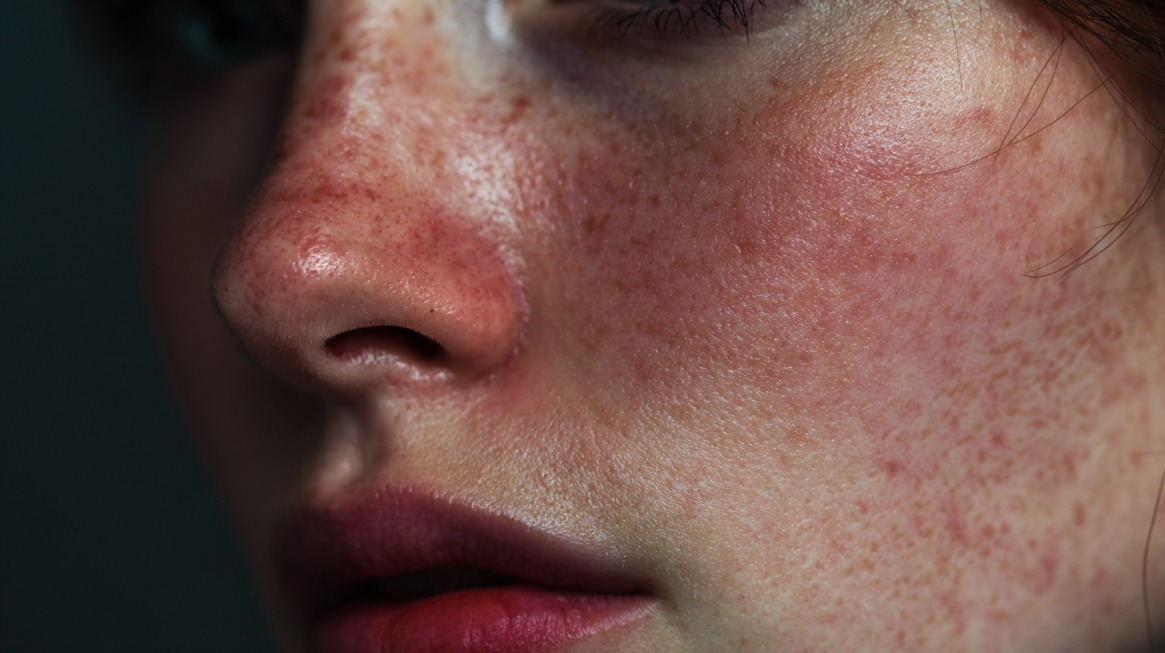
Delicate skin often reacts to long ingredient lists or harsh actives, so choosing the right toner is essential.
Byoma addresses sensitivity with soothing additions such as Centella Asiatica, a well-known calming agent that reduces redness and irritation.
Its nourishing texture provides comfort and strengthens the barrier against environmental stressors.
The Ordinary’s minimalist approach can also benefit sensitive users, since fewer ingredients often mean fewer potential triggers.
However, Saccharomyces ferment acts as a mild exfoliant, and if used excessively, it may irritate fragile skin. Careful patch testing and gradual introduction remain important.
- Soothing botanicals calm irritation
- Creamy formula comforts reactive skin
- Barrier-strengthening support
Why The Ordinary requires caution:
- Exfoliating ferment may over-stimulate
- Works best when used sparingly
Key point: Byoma focuses on soothing, The Ordinary reduces potential irritants but contains active ferment.
4. Acne-Prone Skin
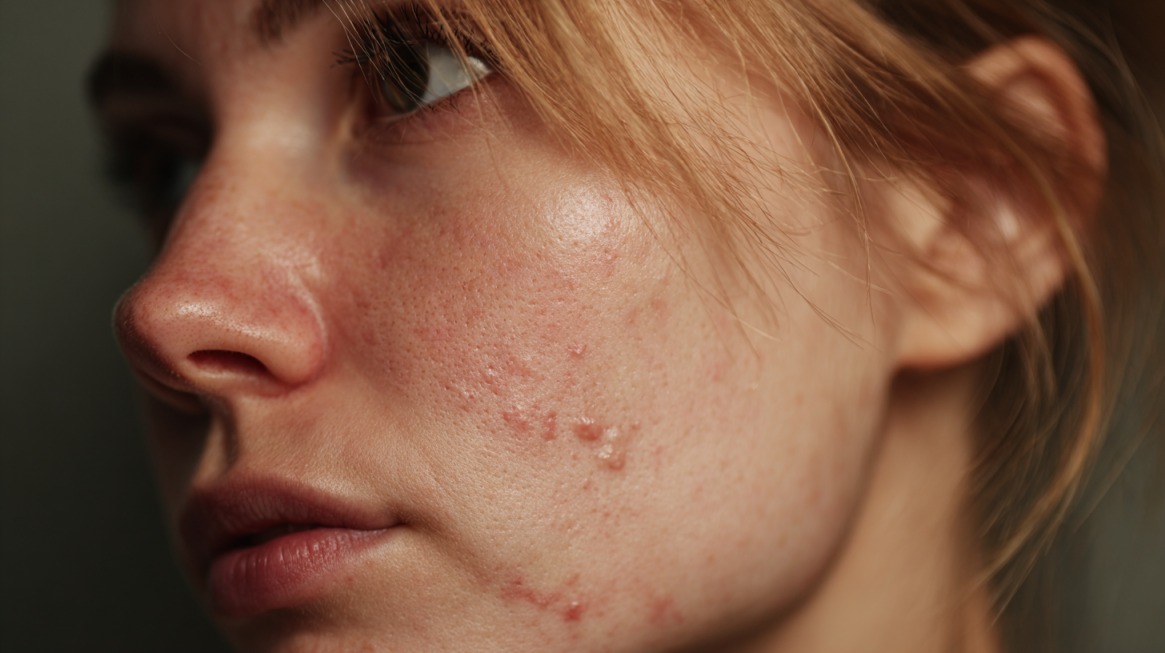
For acne-prone individuals, the challenge lies in finding a toner that hydrates without triggering new breakouts.
The Ordinary’s Milky Toner generally performs better in this area. Its simple formula reduces the risk of pore-clogging, while gentle exfoliation discourages buildup that leads to blemishes.
Regular use can help maintain clearer pores and smoother skin texture.
Byoma, with its richer formulation, provides excellent hydration but may overwhelm skin prone to oil and congestion.
Ingredients designed for barrier repair sometimes sit too heavily, creating conditions for breakouts. Those who already struggle with acne might find flare-ups increase with consistent Byoma use.
- Minimalist formula reduces trigger risk
- Gentle exfoliation prevents clogged pores
- Lightweight feel suits acne-prone users
Why Byoma is less suitable:
- Richer hydration may clog pores
- Breakouts more likely with heavy textures
Key point: The Ordinary is generally safer for acne-prone concerns compared to Byoma.
How to Use Each Toner Safely
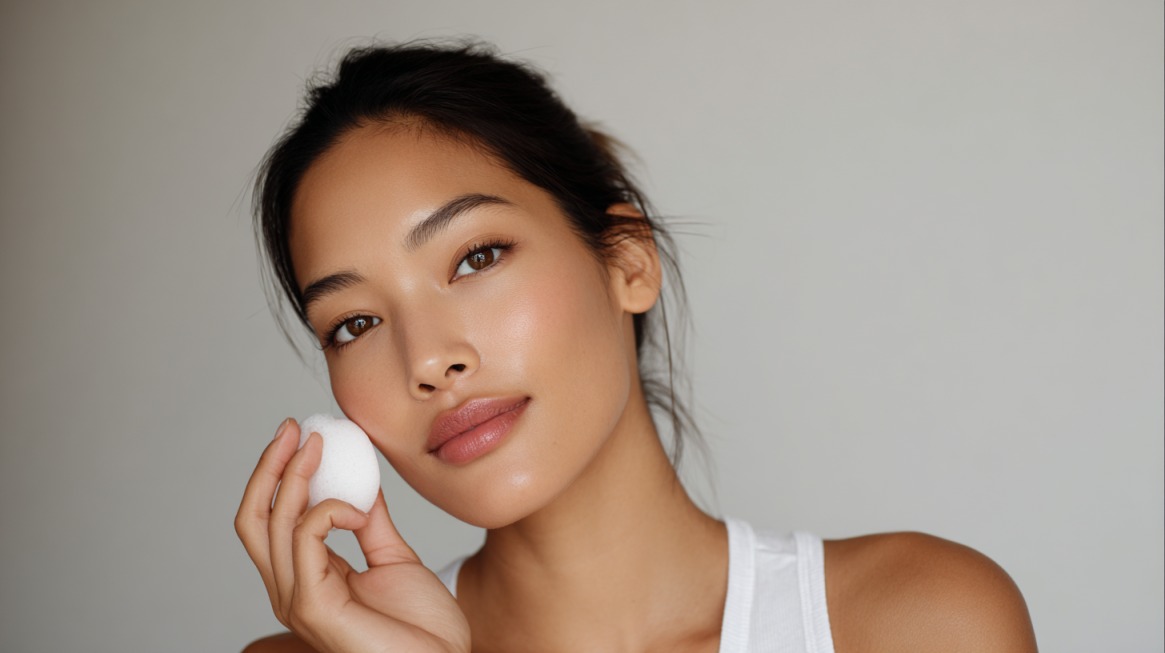
No matter the skin type, correct application ensures better results and avoids irritation. Toners should support your skincare routine without causing imbalance.
Byoma Hydrating Milky Toner can be applied directly with clean hands or a cotton pad after cleansing.
Its barrier-friendly formula allows for daily use in both morning and evening routines. Because it is free of harsh actives, layering with serums, moisturizers, or treatments is generally safe.
The Ordinary Milky Toner, with its exfoliating ferment, requires a more careful approach. Introducing it gradually helps skin adapt without becoming overly sensitive.
Begin with two to three uses per week, then adjust depending on how your skin responds.
Avoid pairing it with other strong actives such as retinoids, AHAs, or BHAs during the same routine to reduce irritation risks.
- Byoma: Suitable for daily AM/PM use, compatible with most skincare products.
- The Ordinary: Best a few times per week, avoid combining with strong exfoliants or retinoids.
- Both: Always patch test new products, especially if skin is reactive or sensitive.
Summary
No single answer fits everyone when comparing Byoma and The Ordinary milky toners.
Byoma provides hydration and barrier repair, making it ideal for dry, sensitive, or normal skin that needs comfort and resilience.
The Ordinary, with its minimalist design and exfoliating action, favors oily or acne-prone skin types seeking smoothness and balance.
Selection depends on your skin’s needs, tolerance, and long-term goals.
Choose Byoma for richer hydration and barrier care, or reach for The Ordinary if gentle exfoliation and simplicity suit your skin best.
Related Posts:
- Toner vs. Essence vs. Serum – Which Belongs in Your Routine?
- Electric vs. Natural Gas Hot Tubs - Which Offers…
- Electric vs Natural Gas Hot Tub - Which is Better?
- Hot Tub vs Sauna: Which One is Right for You?
- Chemical Peel vs. Microdermabrasion - Which One Is…
- Struggling with Dry and Oily Skin? Your Products May…

